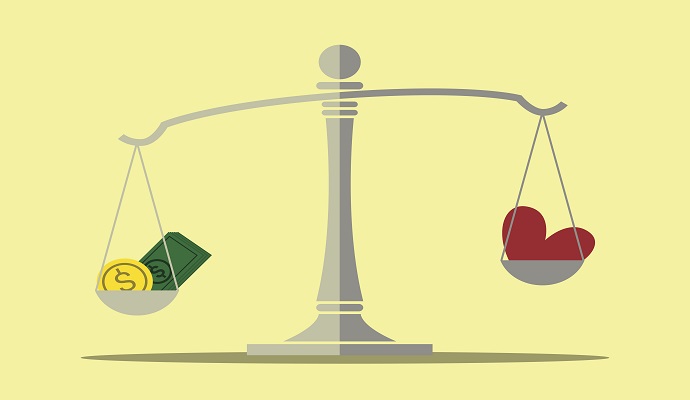Months after being shuttered following an outbreak of a new strain of coronavirus, the Wuhan wet market was torn down Tuesday.
China was less than transparent about the COVID-19 epidemic. It is difficult if not impossible to compare China's public health program compared to the United State's program.
When did Chinese officials realize there was a new viral outbreak? Even today the number of cases seems ridiculously low for a country of 1,408,526,449 people. The last reported figures for COVID-19 (as listed on the Johns Hopkins tracking and mapping tool reported 80,500 cases in mainland China.
Did we see this coming?
The reporting of case rates in the media is subject to extreme doubt as to veracity.
Given the fact that China is a huge country with a huge population and the fact that communications outside of metropolitan having poor internet access and an unknown amount of technology, it is possible that early cases were missed and under-reported. China does not allow freedom of the press and is able to suppress news it deems harmful to the ruling communist party. However, In large metropolitan communities, there is an international presence, which is free to report the unvarnished truth.
The Chinese story became public knowledge became known in the international community in January 2020. The influenza season in the United States often begins in early September. From known influenza outbreaks, we know it takes several weeks or months to realize a new viral strain has appeared. Assuming the infection took hold in September 2009 and it did not become public knowledge until mid-January 2020 there was a 3.5 month lag in China reporting. The infection rate increased during that period in an unknown fashion.
There is no factual information that the COVID-19 outbreak actually began in Wuhan, China. It may have begun in another city or even another country in Asia.
The Chinese offered the 'Wet Market" in Wuhan as ground zero for COVID 19. This is a city of 1 million people, and 80,000 cases is a paltry number to declare an epidemic for a country of 1.5 billion people.
The trust index between China and most of the rest of the world is abysmally low. We do not believe them and they do not believe us.
The World Health Organization is the only credible source for data.
The United States team of CDC and HHS are powerful teammates. Their reaction was swift and accurate (according to Secretary of HUD, Ben Carson M.D who headed up the Johns Hopkins University Department of Neurosurgery. (in a previous life) In a non-partisan interview, he gave great credit to the CDC and HHS.
In California and Washington State Governors have declared a state of emergency. If and when needed they will have the authority to shut down schools, businesses, transportation to areas that are actively infected.
If needed this would be instituted in a progressive fashion for affected areas.
China Responds to Virus Investigation Demand by Demolishing 'Ground Zero,'
Months after being shuttered following an outbreak of a new strain of coronavirus, the Wuhan wet market was torn down Tuesday, journalist Jennifer Zeng reported. China’s communist government claims the location was ground zero for the deadly outbreak now coursing around the world. Meat from exotic animals is suspected to have been contaminated by the virus, which made the jump to humans in the unsanitary conditions of the market.
World Count COVID19 March 1, 2020
After infecting market patrons, the speed and ease of modern transit guaranteed the disease would soon begin popping up all over the planet.
Not everyone is buying China’s official story, however. Arkansas Sen. Tom Cotton has hinted at a “super laboratory” in Wuhan — a reference to the high-security bio lab in the city — as a possible point of origin for the contagious disease. Arkansas Sen. Tom Cotton has hinted at a “super laboratory” in Wuhan — a reference to the high-security bio lab in the city — as a possible point of origin for the contagion. This is highly speculative at best.
The situation is also obscured by political motives. According to Sen. Marco Rubio of Florida, Russia doesn’t seem to be buying China’s claims of a random outbreak.
“American officials have noted the existence of networks of thousands of social media accounts, many reportedly Kremlin-tied, with identical posts, publishing messages claiming that the virus is meant to ‘wage economic war on China’ and propagate ‘anti-China messages,'” Rubio wrote in a Tuesday Op-Ed for the New York Post.
Iran isn’t totally convinced of the official Chinese story either, instead claiming that the virus is the result of biological warfare.
Gholam Reza Jalali, the head of Iran’s Civil Defense Organization, told Fars News Agency that the virus’ effects and the panicked media coverage mean it could be a “biological attack” meant to destabilize the economies of Iran and China.
We may never know, one thing is for certain this strain will comix with other previous COVID strains and become a new seasonal illness. Community immunity will increase and by next year there may be a vaccine.
Wuhan Fish Market (Video)


























